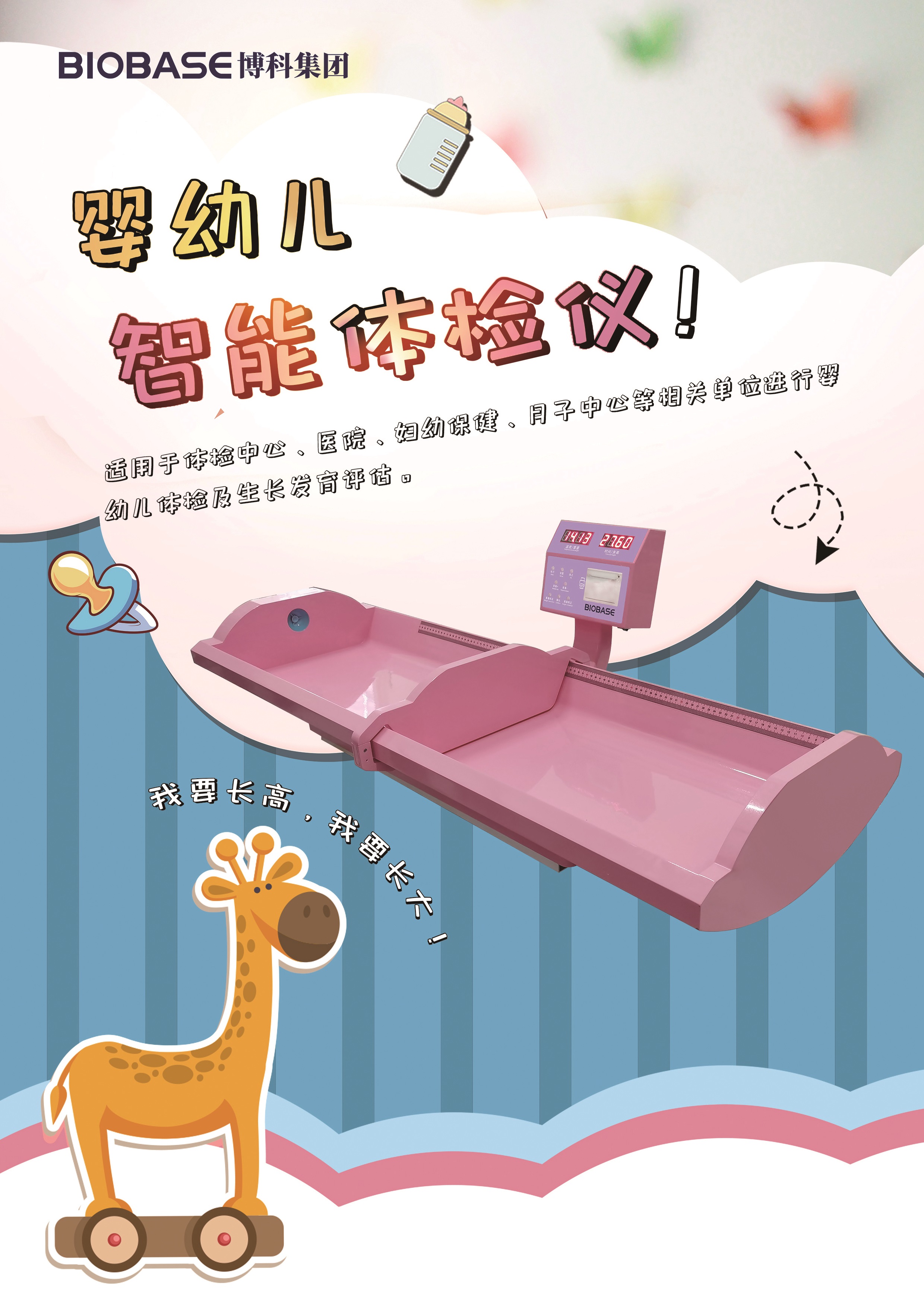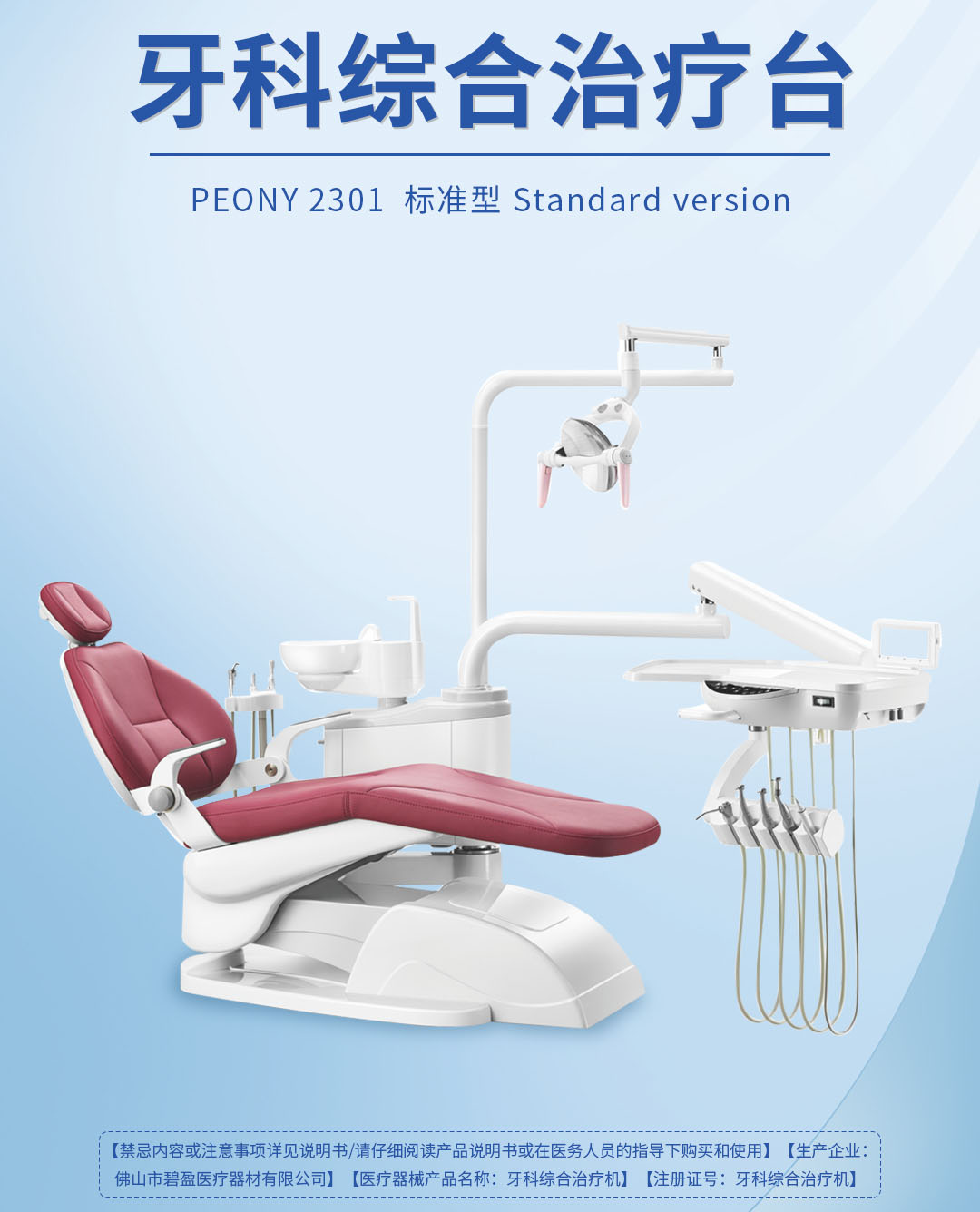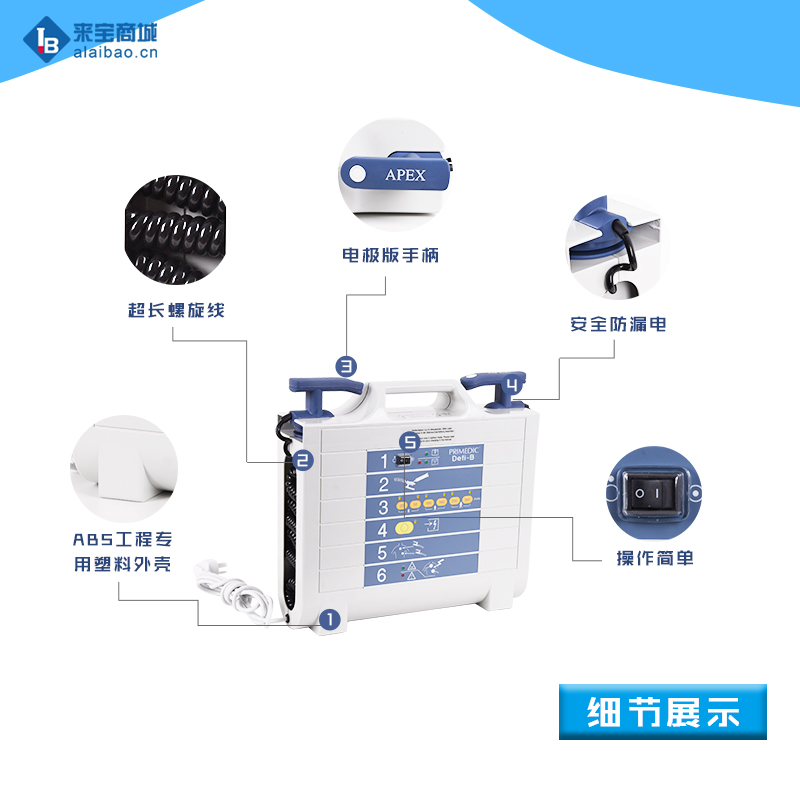In situ hybridization of mammalian cells (RNA and Oligonucleotide probes)
- 来宝网2007年7月17日 13:16 点击:1382
I. General Considerations
- In situ hybridization is a powerful technique which can be very informative. It should be however carefully controlled since it can lead to artefacts. One of the most important considerations is fixation. Formaldehyde is widely used as fixative. Ideally, fixation should be strong enough to prevent loss of material during the hybridization and washing steps, but mild enough to allow the probe to penetrate everywhere in the cell. For this reason, DNA oligonucleotide probes are preferable: they are short (a 50 base probe is 50 times smaller than the Fab fragment of an antibody), which means that they penetrate cells very well, can be washed under mild conditions, are compatible with retention of intra-cellular RNA, are very stable and are easily synthesized. Short RNA probes (50-100 nt; probes longer than 200 nucleotides should be avoided) are similar to oligonucleotides, but they necessitate more stringent washing conditions, and some cellular RNA may be lost at this step since the formaldehyde fixation does not resist temperatures well. The only advantage of RNA probes over Oligonucleotides is lower cost, unless many samples are being processed (since one DNA synthesis produces enough probe for thousands of samples.)
- When performing in situ hybridization for the first time, it is often desirable to monitor cytoplasmic RNA loss during the procedure by staining the slides with propidium iodide during the steps in the procedure.
- Mammalian cells are grown directly onto coverslips, washed once in 1X PBS (100 mM Na2HPO4, 20 mM KH2PO4, 137 mM NaCl, 27 mM KCl, pH 7.4), and fixed for 10 min at room temperature in 4% formaldehyde (40% liquid stock purchased from Electron Microscopy Science), 10% acetic acid, 1X PBS.
- NB: The presence of acetic acid improves detection of nuclear RNA. It can be replaced by triton extraction prior to fixation. Neither of those treatment is necessary when short (50 bases) Oligonucleotides probes are used (30 min fixation in 4% formaldehyde, 1X PBS is sufficient in this case), or when one wants to detect cytoplasmic RNAs.
- After 2 washes in PBS, cells are permeabilized by treatment with 70% ethanol for at least overnight at 4C.
NB: Coverslips can be stored for months at this stage.
III. Hybridization
- Cells are rehydrated for 5 minutes at room temperature, in 2x SSC (300 mM NaCl, 30 mM sodium citrate, pH 7.0), 50% formamide. Cells are hybridized overnight at 37C in 40 µl of a mixture containing 10% dextran sulfate, 2 mM vanadyl-ribonucleoside complex, 0.02% RNAse-free BSA, 40 µg E.coli tRNA, 2x SSC, 50% formamide, 30 ng of probe.
- For detection of poly(A) RNA using polydT(50), 15% formamide is used at 37C. Only 5 ng of probe is necessary per sample; hybridization times routinely take an hour, due to the low complexity of the reactions.
NB: The amount of probe can be diminished 5 times without much loss in signal in case background in the cells is high. Often addition of a nonsense probe (N-50, where N is all nucleotides) significantly reduces background.
IV. Washing:
- Cells are washed twice for 30 min at the appropriate stringency: 2x SSC, 50% formamide, 37C for Oligonucleotide probes; 0.1x SSC, 50% formamide, 50C for RNA probes.
NB: Washing conditions may be adjusted for each probe, and can be optimized by Northern blotting. Probes that are labelled to a high specific activity (see below) tend to give higher background, but addition of 0.1% NP40 or 0.1% SDS in the washing buffer can diminish this background.V. RNAse treatment (optional):
- RNase treatment can remove background binding of the probes. It is however better to avoid it when possible, since it leads to loss of RNA from the cells. In most cases, it is possible to remove the background by adjusting the stringency of washing and the amount of probe in the hybridization mixture.
- Digoxigenin-labeled probes can be detected with sheep anti-digoxigenin antibodies (1/200, Boehringer Mannheim), and then with donkey anti-sheep antibodies conjugated to fluorescein (1/150, Sigma). Slides are incubated for 1 hour at 37C in 2x SSC, 8% formamide, 2 mM vanadyl-ribonucleoside complex, 0.2% RNAse-free BSA, and washed twice for 15 min in 2x SSC, 8% formamide at room temperature.
NB: Fluorescent antibodies tend to give a high background, which is efficiently removed by the presence of 8% formamide in the incubation buffer.
- Slides are washed in 1X PBS, and mounted in 90% glycerol, PBS, 1 mg/ml p-phenylendiamine, 0.1 µg/ml DAPI.
联系邮箱:kefu@labbase.net
版权与免责声明
- 凡本网注明“来源:来宝网”的所有作品,版权均属于来宝网,转载请必须注明来宝网, //www.next-search.com,违反者本网将追究相关法律责任。
- 本网转载并注明自其它来源的作品,目的在于传递更多信息,并不代表本网赞同其观点或证实其内容的真实性,不承担此类作品侵权行为的直接责任及连带责任。其他媒体、网站或个人从本网转载时,必须保留本网注明的作品来源,并自负版权等法律责任。
- 如涉及作品内容、版权等问题,请在作品发表之日起一周内与本网联系,否则视为放弃相关权利。







